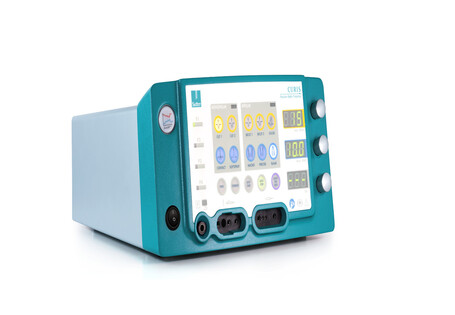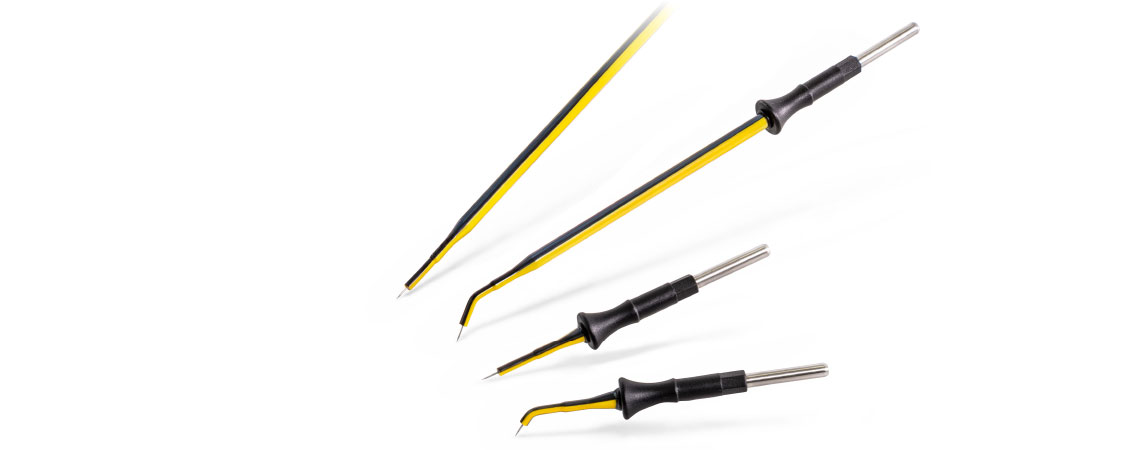The CURIS 4 MHz radiofrequency generator relies on innovative 4 MHz technology: It is gentle to the tissue and effective for coagulation, for submucosal shrinkage, and for cutting. Scientific studies have shown that tissue trauma may be reduced by using CURIS 4 MHz radiofrequency technology.*1 The higher the frequency, the less the resistance of biological tissue to electromagnetic fields – up to the point where cell membranes are capacitively coupled. This effect is created by the CURIS 4 MHz radiofrequency generator in all monopolar and bipolar modes. When using conventional electrosurgical units the electromagnetic field concentrates between the cells and only heats up the outer layer. However, with the CURIS 4 MHz radiofrequency generator cell membranes are conductive, and energy is absorbed evenly inside the cells. As a result, energy is administered gently and in a highly focused fashion. Precise monopolar cuts are possible while lateral heat damage is kept to a minimum.

sutter is known as pioneer of the non-stick technology for bipolar forceps. With our SuperGliss® non-stick bipolar forceps and our product lines SuperGliss® non-stick ELP, SuperGliss® non-stick TEO and SuperGliss® non-stick zhora we offer a variety of models for different needs in the OR.

With their heat resistant, ultra-sharp tip design, the ARROWtip monopolar microdissection electrodes provide precision for cutting, tissue dissection, and coagulation. Sutter offers a range of different models to meet your needs for a variety of applications.

For laparoscopy in abdominal surgery, urology and gynecology we offer a wide range of bipolar forceps.
